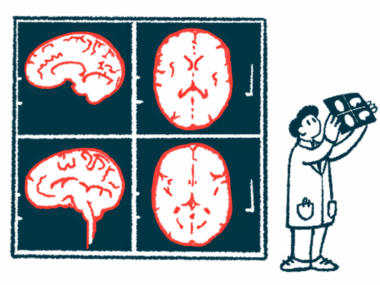Experimental Drug Appears to Repair Nerve Damage in Multiple Sclerosis Patients
Written by |

The American Academy of Neurology (AAN) recently announced the results of a new study that evaluated an experimental drug for multiple sclerosis (MS) with the potential to repair damaged myelin layers, a fatty material that covers and protects neurons. These findings will be presented at the 67th AAN Annual Meeting, which will take place from April 18 – 25th in Washington, DC.
MS is a chronic, progressive neurodegenerative disorder that results from an attack on the central nervous system (brain, spinal cord and optical nerves) by the body’s own immune system, causing inflammation, damage to the myelin layer and irreversible neurological disability. MS affects approximately 2.5 million people worldwide.
In this study, the research team conducted a Phase 2 clinical trial including 82 individuals who had experienced their first incident of acute optic neuritis, an inflammation in the optic nerve that usually only affects one eye, leading to nerve fiber damage and myelin loss. About half of the people who develop optic neuritis are estimated to later develop MS.
Participants in the study were treated with a high steroid dose and randomly given the experimental drug antibody, anti-LINGO-1, or a placebo once every four weeks, six doses in total. Follow-up assessments were performed every four weeks over the course of six months with a final appointment at eight months. An optic test that evaluates the capacity of the visual system to conduct electrical signals between the retina and the brain — the visual evoked potential (VEP) test — was used to determine drug efficacy in myelin repair and recovery of optic nerve latency. This test is based on the fact that demyelination slows or alters nerve impulses.
Researchers found that individuals treated with anti-LINGO-1 had better VEP results than individuals given the placebo. Six months into treatment, patients receiving the drug had improved nerve impulses conduction by 7.55 milliseconds on average (34%) in comparison to patients under placebo treatment. At eight months, an average improvement of 9.13 milliseconds (41%) was found in comparison to the placebo group. Furthermore, patients whose VEP latency in the affected eye returned to normal or nearly normal (within 10% of the normal eye) increased from 26% reported in the placebo group to 53% in the drug-treatment group.
“This study, for the first time, provides biological evidence of repair of damaged myelin in the human brain, and advances the field of neuro-reparative therapies,” said the study’s lead author Dr. Diego Cadavid at Biogen in Cambridge, Massachusetts in a press release. “More studies are needed to evaluate whether these changes lead to clinical improvement,”
Researchers are currently conducting a second Phase 2 clinical trial in individuals with MS to assess the clinical effect of anti-LINGO-1 in myelin recovery in these patients.
[adrotate group=”4″]





